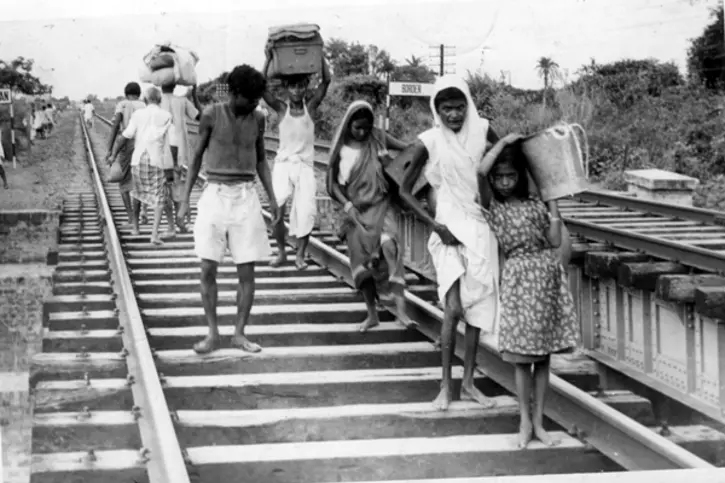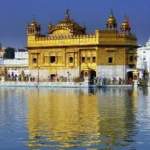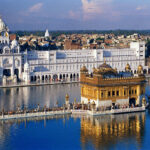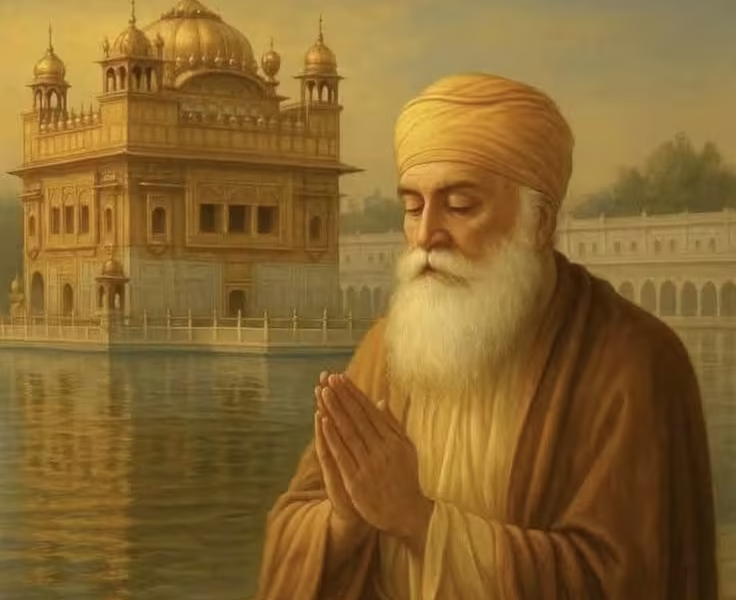India’s past is a tapestry full of diversity and depth, yet it also contains shocking and impactful incidents. Let’s investigate these eerie and surprising facets:
India’s Division
India was split into two ruling countries Pakistan and India by the Partition of India in 1947. This momentous occasion set off the greatest mass exodus in recorded history displacing millions of people and sparking bloody riots that claimed hundreds of thousands of lives.
The main reason for the split was religious: Muslims were to become citizens of Pakistan, while Hindus and Sikhs were to become citizens of India. Both countries’ social fabrics have profound wounds from the partition’s aftermath, which also continues to shape their political, cultural, and social dynamics. The unresolved issues and conflicts stemming from partition still affect the relationship between India and Pakistan, shaping regional geopolitics and hindering efforts for peace and reconciliation.
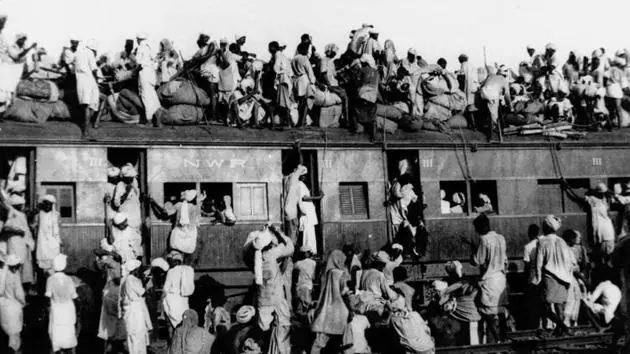
Emergency in India (1975–1977)
During the 21-month Emergency, which ran from June 1975 to March 1977, prior Prime Minister Indira Gandhi unilaterally declared a state of emergency over the country. Elections were suspended civil freedoms were restricted, opposition leaders were imprisoned and the media was strictly censored.
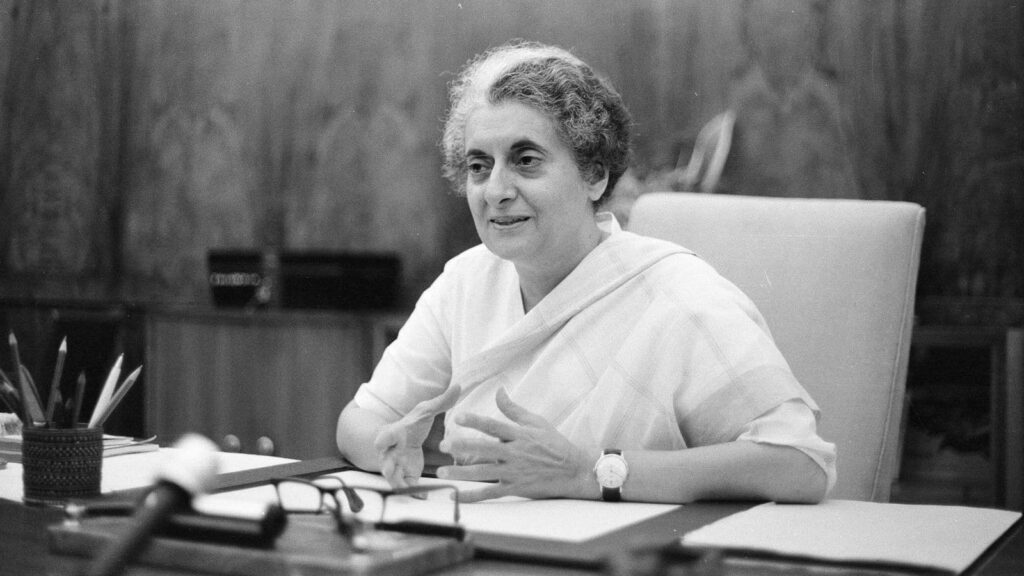
The Congress party and Indira Gandhi both experienced strong criticism for these totalitarian policies. The consequences were felt in the general elections that followed, which resulted in the historic election of Morarji Desai as the country’s first non-Congress Prime Minister.
Economic crisis of 1991
India faced a severe economic crisis in 1991 that was marked by dangerously low foreign exchange reserves. This dangerous circumstance made it impossible for the country to continue importing essential goods, therefore quick and firm action was required. A number of extensive liberalization changes were coordinated by Finance Minister Manmohan Singh and Prime Minister P.V. Narasimha Rao. These policies promoted market-oriented tactics, eliminated red tape, and encouraged increased foreign investment. The objectives of the changes were to boost India’s competitiveness abroad, promote growth, and revitalize the economy.
The administration started the process of economic revival with calculated moves including devaluing the rupee, de-regimenting commerce, and liberalizing the sector. These liberalization efforts signaled the beginning of an era of economic openness and globalization by marking a dramatic shift from India’s previous protectionist policies. This change in perspective established the for India’s ascent as a pivotal global player and facilitated sustained economic expansion in the ensuing years.
1993 Bombings in Bombay
Cooperation of blasts that rocked Bombay on March 12, 1993, resulted in thousands of injuries and hundreds of fatalities. Allegedly masterminded by the criminal organization Dawood Ibrahim these explosions caused extensive damage and sowed the seeds of trauma and dread throughout the city.
Mumbai’s collective consciousness is still scarred by this sad occurrence which serves as a sharp reminder of the city’s sensitivity to terror attacks and the peoples perseverance in the face of hardship.
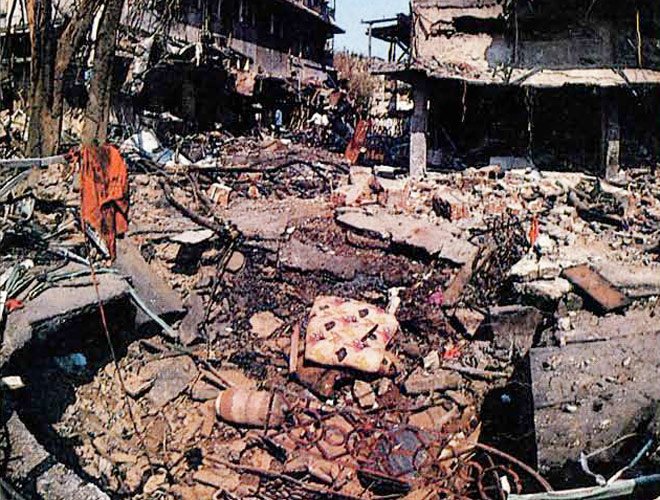
Oppression by the Caste System
For millennia the caste system in India has caused deep-rooted injustices discrimination against underprivileged groups and untold misery. Millions have been victims of systematic oppression and heinous crimes because of this hierarchical societal framework which is founded on birth-based categorizations. Caste-based prejudice endures and permeates many facets of Indian society despite efforts to rectify these injustices. An alarming aspect of India’s past is the pervasiveness of caste-based oppression which mirrors the nation’s continuous fight for social justice and equality.
The Kargil War
India and Pakistan fought crucial war from May to July 1999, which was known as the Kargil War. It erupted when militants and forces from Pakistan entered Indian territory in the Kargil region of Jammu and Kashmir near the Line of Control (LOC). The conflict, which was fought in dangerous mountainous terrain claimed a great deal of lives on both sides.
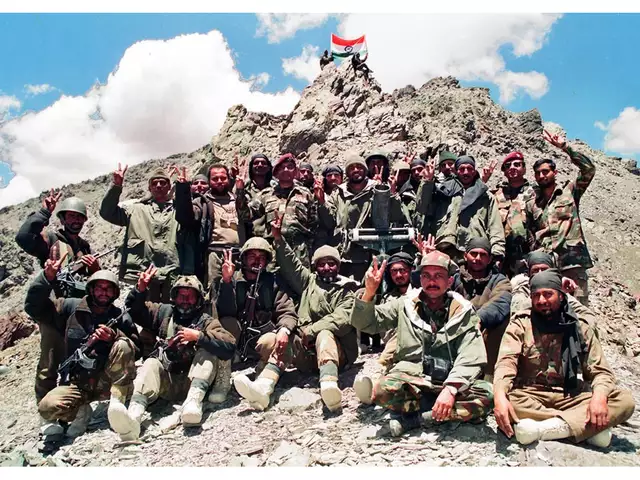
In an effort to drive out the invaders and retake the conquered peaks India started Operation Vijay. The battle highlighted the bravery and selflessness of Indian soldiers in the face of amazing probability. India eventually managed to drive the Pakistani soldiers back and regain its land. The Kargil War had a long-lasting impact on the security dynamics in the area and affirm the need for caution near the precarious LoC.
Jallianwala Bagh Genocide (1919)
India is the product of the 1915 disaster.
A terrible reminder of the crimes committed during British colonialism. British troops under General Dyer opened fire on Jallianwala Bagh in Amritsar Punjab ruthlessly upon the assembling unarmed Indian civilians. The brutal attack shocked and angered people across the country, leaving thousands injured and hundreds dead.
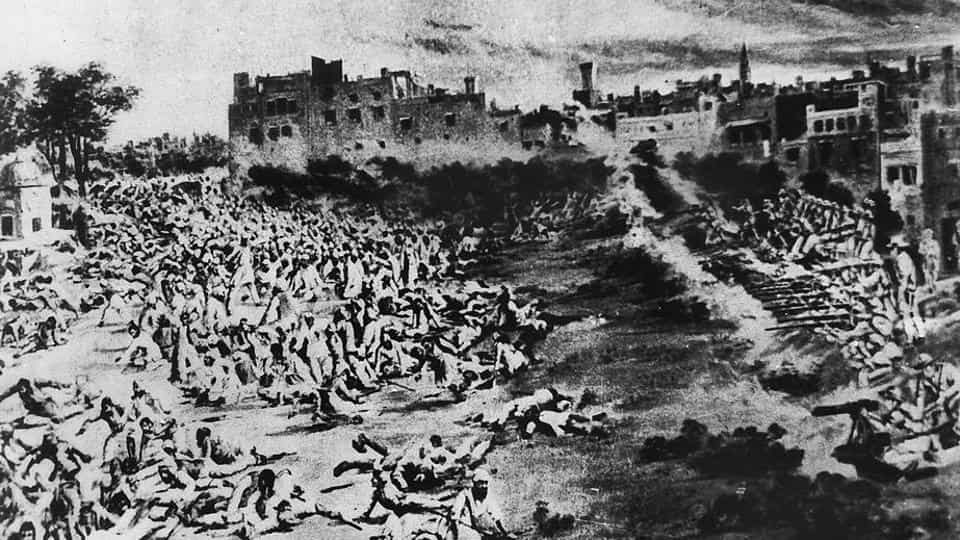
The assassination triggered a strong call for Indian independence, symbolizing the tyrannical brutality of British rule. Its haunting legacy will live on in nations Cultural consciousness is a stark reminder of the cost of fighting for freedom from social domination.
Attacks on Parliament
On December 13, 2001 during the Indian Parliament attack, armed militants
insolvent into the Parliament complex in New Delhi. They were members offanatic groups operating out of Pakistan they were involved in gunfight that left both the assailants and the security officers dead. Tensions between Pakistan and India increased after the incident with India blaming militant groups based in Pakistan including Lashkar-e-Taiba and Jaish-e-Mohammed of planning the attack.
India raised the possibility of full-scale conflict by mobilizing its military forces and gathering soldiers around the border. Following the incident security protocols were tightened involving greater monitoring and counterterrorism efforts. The incident demonstrated the ongoing threat posed by terrorism and the necessity of effective counterterrorism measures.
26/11 Attacks in Mumbai
A horrific terrorist attack that took place in Mumbai over three scary days occurred in November 2008. Anarchy and horror were release as a result of planned bombs and shootings that battered different parts of the city.
The assaults resulted in 350 injuries and the deaths of 164 innocent persons. There was only one of the attackers who made it out alive Ajmal Kasab. Kasab was discovered tried and executed by hanging at Yerwada Prison in 2012. The terrorist attacks that appear in Mumbai on 26/11 act as important reminder of both the danger posed by terrorism and the city’s flexibility under pressure.
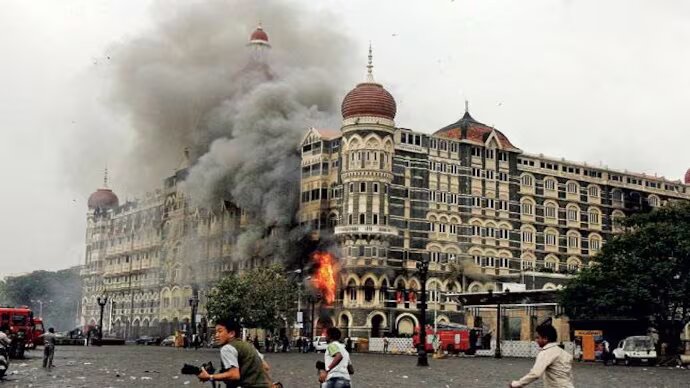
In Short, India’s history is replete with shocking events that have left indelible marks on its collective consciousness. From the partition to emergencies, economic crises, and tragic disasters like the Bhopal Gas Tragedy and Parliament attacks, these incidents serve as reminders of the nation’s resilience amidst adversity.
